Aspec Polyamory & Autism 2
I’ve been working on a multi-chapter essay on polyamory through an asexual lens for over a year. There’s so much I want to include in it but the reality is: not all of it will fit. Some of it’s too personal for an academic essay. Some of it is tangential. Some of it’s straight up the result of delving into autistic hyperfocus down a rabbit hole that’s too far gone to be deemed anywhere near relevant.
So I bring to you a blog series I’m calling Acespec Polyamory & Autism (APaA), to keep always front and centre the focus I have on de-centring sex from my discussions on polyamory, alongside the other significant lens through which I view this work.
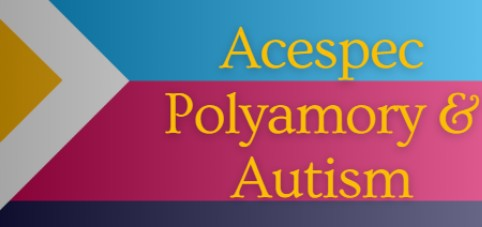
In which we cover Asexual Academic Spaces, Queer Time Theory, A Dowry of Blood and Other Vampire Centered Stories.
I recently came across Ell Huang’s post on the intersection between Anne Rice’s “Interview with the Vampire and Asexual Loneliness” when I was already thinking about the polyamorous depiction of a dysfunctional family as depicted in S. T. Gibson’s skillful Dracula retelling, A Dowry of Blood. And, gosh, I’m glad I did.
This isn’t the first time I’ve read something in the asexual academic space and seen clearly a line between what I’m writing and what others in one of my communities have been working on.
Earlier in the year, I read and loved Dr. Noah O’Connor’s post-graduate thesis Asexuality in Young Adult Fiction.
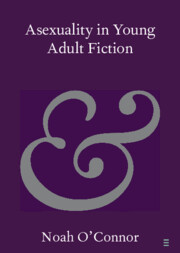
(Cover art for Noah O’Connor’s Asexuality in YA Fiction.)
This time was slightly different as Huang’s essay left me with so many threads of connection I wanted to make, and not just between the asexuality in Interview With the Vampire, and the polyamory in A Dowry of Blood.
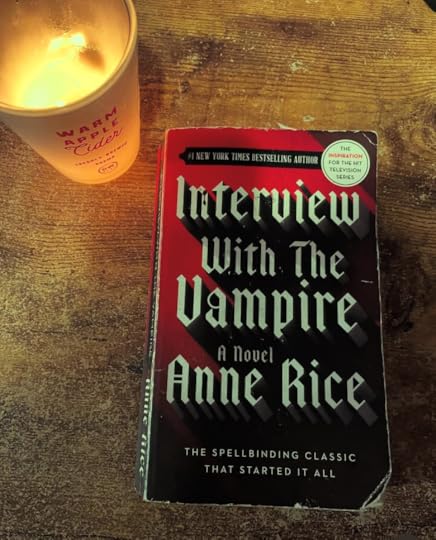
The vampires [of Interview With the Vampire] no longer repopulate as humans do and do not have a traditional sex drive. They no longer have marriage nor death, and they no longer measure time by the same milestones as humans do. Yet in their immortality, there is an urgency to build their own version of companionship/family because they are unfathomably socially starved.
(Image & text credit to Ell Huang, 2025)
Vampires being socially starved is something we see in a straight line from Dracula to Interview With the Vampire to A Dowry of Blood.
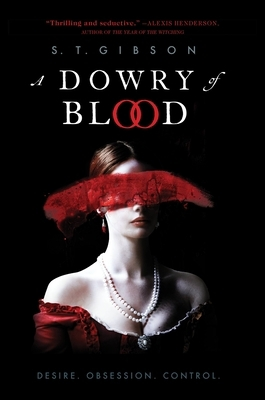
(Cover art for S. T. Gibson’s A Dowry of Blood, 2021)
I began writing the above sentence with an addendum that, in Dracula, we have the vampire as the unrepentant monster. But the same thing is true in both Interview With the Vampire and A Dowry of Blood. Both of them are vampire stories for vampires.
That is: they are not narratives deliberately softened to accommodate the human reader or the human / vampire romance (A Dowry of Blood also deviates significantly from Lucy Undyingby Kiersten White; a Dracula retelling published three years later, retelling the story of Lucy Westenra who falls in love with a human girl and keeps her safe as she was not kept safe).
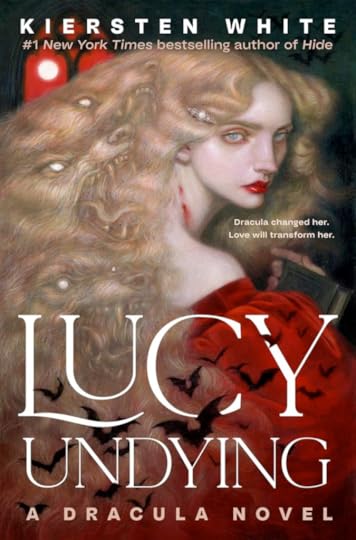
(Cover art for Kiersten White’s Lucy Undying, 2024)
In these vampire novels with such a strict separation from the human race out of which they were plucked, we see that traditional sex life, marriage and social interactions are all completely obliterated.
Huang highlights this passage from Interview With the Vampire to make the point of Anne Rice’s typically asexual vampires.
“I felt a longing for him so strong that it took all my strength to contain it, merely to sit there gazing at him, fighting it […] Not physical love, you must understand.” (Rice, 254)
With S. T. Gibson’s vampires, traditional sex life is also turned on its head, but in the opposite direction. The vampires in Interview With the Vampire may form chosen family groups, but they will have one committed and asexual relationship (at a time) with others of their kind. Meanwhile, the vampires in A Dowry of Blood form sexual relationships with every part of their chosen family group.
As other commentators of this book have commented, this does not make A Dowry of Blood erotica.
I want to be clear this is not erotica. If it wasn’t for all the vampire feeding blood, I’d say it could probably pull off a PG13 rating for the sexual content. A lot occurs off-screen or is only vaguely described. […] This in fact is not a story about sex but one about many centuries of abuse and how the persons being victimized finally break free.
From book review by Opinions of a Wolf (Oct 2022).
The infamous brides of Dracula are, by their nature, in a controversial marriage that rails against the traditional. In these pages, Constanta, Magdalena and Alexi are depicted as well as named in all their glory. I particularly liked that Alexi, a man, rounded out the third of these brides.
As to social isolation? Regardless that Dracula is never named, he’s often described as being gone to find his latest conquest. Meanwhile, his wives are to remain satisfied with only the company that Dracula gives them. Despite the fact that he plucks out individuals from amongst humans to turn and join them, none of them must ever do the same.
Huang makes a similar point as to the several layers of Lestat’s social isolation techniques when it comes to Louis and Claudia in Interview with the Vampire:
Lestat, the maker of both Louis and Claudia, exerts a narcissistic, deceitful control over what they know as normal vampire life. He makes them break sacred vampire law by turning Claudia at such a young age, and lies to them to keep them from other vampire community, insistent that he is all they have.
From “Interview with the Vampire and Asexual Loneliness” by Ell Huang (Oct 2025).
But here’s the difference: The free online short, An Encore of Roses takes place after the events of A Dowry of Roses. This short story offers a particularly unique glance into an established polyamorous relationship.
Constanta, Magdalena and Alexi have been in a triad for the three decades that have passed since they were all last in the same place together in addition to the years spent together during A Dowry of Roses. They are far past their honeymoon period and well into the era of juggling other relationships and managing feelings of jealousy and being left out that arise therein.
Of honeymoon periods, Janet Hardy and Dossie Easton observe, in The Ethical Slut:
Every relationship has a honeymoon phase, and honeymoons do not last forever. Some people get addicted to the honeymoon […] and wind up flying from partner to partner, always imagining that the next partner will be the perfect one.
This story accurately portrays some of the insecurities that are common in polyamory, as well as the importance of ongoing communication – especially when faced with immortality.
But, whatever Alexi’s fears, it’s clear being left by his vampire lovers is on the cards for him in An Encore of Roses. Before they can be physical with one another, Constanta notices Alexi’s preoccupation and takes it for an opportunity to talk through and resolve some miscommunications.
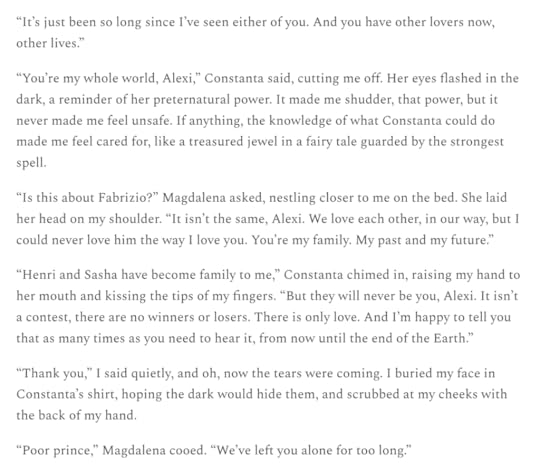
From An Encore of Roses.
Through reading “Interview with the Vampire and Asexual Loneliness”, I also came across the concept of Queer Time Theory, which started me on a rabbit hole that officially started with reading this essay, before devolving to Queer Time, to Judith Halbertstam, to Michael Foucault, to multiplicity, to… Well. You get the point.
For me as a bisexual I feel like I experience two stands of time; my progression with dating people that don’t identify as men has been far behind than my progression with dating men, which has evolved in a fairly ‘normal’ way.
[…] whereas I could be open about having crushes on guys from the moment I first had them […] I didn’t even come out to myself as bisexual for another 4 years.
From The comfort of Queer Time Theory, by Meg Hopkins (July 2021)
Some trans people say that gender transition is like becoming a teenager again: going backwards in time but also kinda different. If your transition involves surgeries or hormones, there’s often a lot of waiting to access those things with no idea how long you’ll be waiting, so the future can weigh heavily on the present.
There can be a sense of lost time, as well. A childhood that you never got to have. The possibility that somebody who’s literally younger than you might be a senior trans person because they’ve been out for longer.
From Queer | Philosophy Tube, by Abigail Thorn (Oct 2019)
| Philosophy Tube, by Abigail Thorn (Oct 2019)
These were the two most poignant descriptions I found during my time in the rabbit hole on Queer Time, and it’s because of that personal narration.
Of Queer Time in her Queer Temporarility and Postmodern Geographies (2005), Judith Halbertstam adds to this,
Queer time perhaps emerges most spectacularly, at the end of the twentieth century, from within those gay communities whose horizons of possibility have been severely diminished by the AIDS epidemic […] it is also about the potentiality of a life unscripted by the conventions of family, inheritance, and child rearing. (Halbertstam, 2)
Whiiiiiich brings us neatly back to AIDS and also to this excerpt from Heaven’s Cost: A Memoir by Mark Doty published after his partner died of AIDS: “All my life I’ve lived with a future which constantly diminishes but never vanishes.” (Doty, 4)
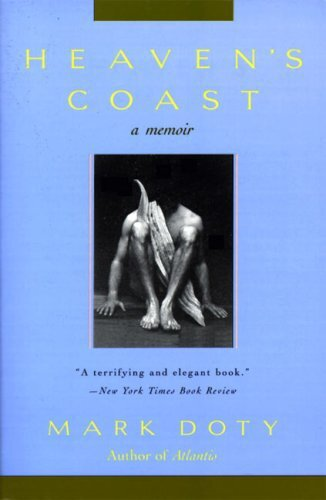
(Cover art for Heaven’s Coast by Mark Doty, 1996)
All of this got me thinking about my own experiences in relation to Queer Time. Polyamory does, after all, come under the QUILTBAG umbrella. (Ed: I realise even as I write this that my favourite written version of the LGBT+ acronym does NOT, in fact, include the polyamorous/pansexual “P”.)
Ahem, the LGBTIAQP+ umbrella.
Writings of Michael Foucault, Judith Butler and other Queer Theorists, Queer Narrative Theory, all factor into polyamory and polyamorous narratives in ways that are consistent to the ways in which they’ve already been applied to other assorted QUILTBAG communities.
And that is, after all, the umbrella of the argument I’m working on. But there are already existing a small handful of stories that take the idea of polyamory in terms of the conventions of family and what changes if the parents are polyamorous – and what stays the same – such as Dax Murray’s A Lake of Feathers and Moonbeams, V. E. Schwab’s The Fragile Threads of Powerand The Other Side of the Sky by Amie Kaufman and Meagan Spooner.



